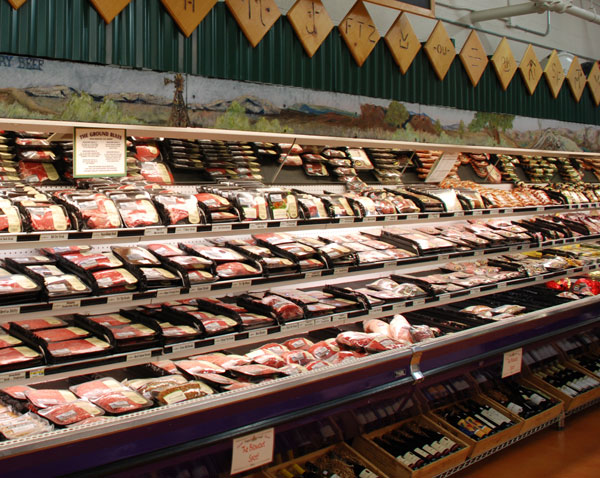U.S. meat production is more and less
U.S. broiler production is poised for the first quarterly year-over-year decline since the summer of 2012.
October 14, 2016

Total red meat and poultry production continues to rise, but expectations are less in this month’s World Agricultural Supply and Demand Estimates—including a surprising decrease in broiler production.
“Total U.S. red meat and poultry production in 2016 is projected to increase 2.7% over 2015 levels,” says Derrell Peel, Extension livestock marketing specialist at Oklahoma State University, in his weekly market comments. “However, nearly half of that increase is expected to move off-shore with net meat exports projected to increase 11.5% compared to 2015. This will hold domestic meat consumption to a projected 1.3% year-over-year increase.”
Beef production continues to expand with increased carcass weights and slaughter numbers, but export potential appears more promising, with WASDE increasing beef import and export forecasts for 2016 and 2017.
WASDE pegs the fourth-quarter fed steer price at $110-$114 per cwt. The forecast average price for this year is estimated at $121.94, compared to the previous month’s prediction of $123-$125.
The projected fed steer price for the first quarter of 2017 is $109-$117. Next year’s average range is forecast at $112-$121.
Pigs up but broiler weights are down
According to analysts with the Livestock Marketing Information Center (LMIC), the number of U.S. market hogs at the beginning of September was record-large at 64.8 million head. The June-August pig crop was also record-large at nearly 32 million head, which was 2% more year over year.
Since mid-summer, though, broiler production is lower year over year.
“This would be the first year-over-year quarterly decline in production since the summer of 2012,” LMIC analysts say in the most recent Livestock Monitor. “Average bird weights at time of processing have been lighter by as much as 3% during some weeks of September. Average bird weights during August were half a percent lighter than 2015’s. Lighter bird weights caused the drop in production.”
You might also like:
Seven keys to ranch profitability
How to cull the right cow without keeping records
Burke Teichert's top 5 tips on bull selection
Young ranchers, listen up: 8 tips from an old-timer on how to succeed in ranching
About the Author(s)
You May Also Like




.png?width=300&auto=webp&quality=80&disable=upscale)
